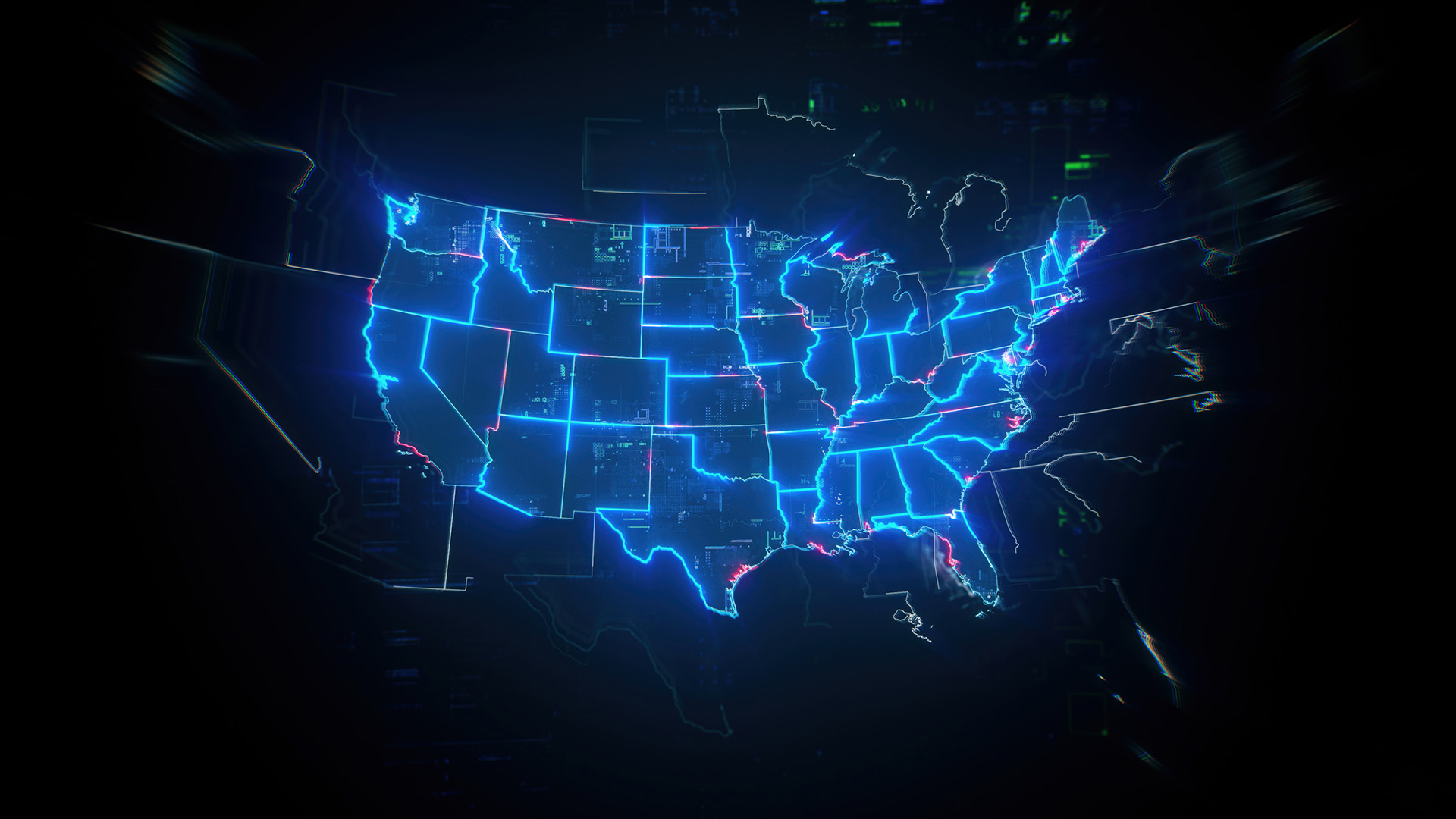Why does the US continue to grapple with full-fiber rollout?
Despite increased remote work and AI access demands, full-fiber rollout in the US continues to fall short


Fast and reliable connectivity has always mattered when it comes to innovation, but the widespread adoption of remote and hybrid work as well as increasing reliance on cloud-based technology such as generative AI means that the need to deploy fiber-to-the-premises (FTTP) has never been more pressing.
FTTP is where fiber optic cables carry data at high speed directly to buildings. This is different to fiber-to-the-cabinet (FTTC), where fiber optic cables run into a street cabinet, which is connected to buildings via an existing copper cable network.
FTTC is the most common type of broadband but is imperfect, as the use of copper cables in the last leg means connections are likely to experience electrical interference. This can cause delays in data transmission. On the other hand, FTTP offers a superior and more reliable connection with lower latency. This is why FTTP is ideal for powering the AI revolution.
“AI applications, including legacy machine learning, data analytics, and Internet of Things devices, require substantial bandwidth and low latency. This surge in demand is prompting fiber broadband providers to upgrade their networks to handle massive data transfers efficiently,” wrote the Fiber Broadband Association in a report published in March.
Despite this great need, the US is often accused of lagging far behind international partners on fiber availability.
Iceland is the top-ranked country for fiber penetration, excluding FTTC, with 90.9% of its population accessing their broadband via the connection as of June 2024 per OECD data. Korea’s 90% penetration rate puts it third, while Spain is third with a rate of 88.3%. Looking closer at the OECD data, the US (24.5%) has one of the poorest penetrations. Only the Czech Republic (22.4%), Germany (12.2%), Austria (12%), Greece (!1%) and Belgium (9.3%) were ranked lower, while the OECD average was 44.6%.
The geography of the US
Full-fiber rollouts in the US may lag other developed countries, but looks can be deceiving.
Sign up today and you will receive a free copy of our Future Focus 2025 report - the leading guidance on AI, cybersecurity and other IT challenges as per 700+ senior executives
“The narrative that US fiber is lagging behind others is a simplification. It fails to consider the fundamental realities of the American internet connectivity landscape,” says Rick Fulwiler, senior director of product management at NetScout
“From a geographical perspective, the vast size and diverse terrain of the US presents both logistical challenges and regional disparities in fiber optic internet infrastructure deployment,” adds Fulwiler. For comparison, rolling out fiber in South Korea is more manageable because it’s roughly the size of the state of Indiana.
Michael Misrahi, EY Americas’ telecommunications strategy and transformation leader, says that penetration in the US may seem low, yet this is down to the “large, rural skewed land mass” that doesn’t yet have the infrastructure in place for fiber connections to be deployed.
Cost issues hamper nationwide fiber plans
According to research by the Dell’Oro Group, fiber subscribers are forecast to account for a third of all broadband subscriptions by 2029. Cable’s market share is expected to fall from 62% to 53%, while the number of fixed wireless access (FWA), which relies on 5G technology, is expected to ramp up.
Misrahi expects an industry-wide push for more fiber connections across the US, especially in greenfield builds, but also in overbuilds where fiber will be built over existing copper lines. Even FWA connections that are being rolled out could eventually be replaced by full-fiber when and where economically viable, he says.
The cost of rolling out full-fiber infrastructure, especially in rural parts of the US, is a huge hurdle. “You can light up every apartment in a Seoul tower for about what it costs to trench half a mile of West Texas ranch land,” says Tyler Cooper, editor-in-chief of BroadbandNow Research, the analytics arm of data aggregation company BroadbandNow.
The $42.45bn US Broadband Equity, Access, and Deployment (BEAD) program is aimed at connecting everyone in the country to affordable, high-speed broadband. It was established during the Biden era with a fiber-first focus, but in early June, the Trump administration announced drastic changes to BEAD that will now take a tech-neutral approach.
“Unless there’s a u-turn on the fiber imperative, the US will keep slowly adding fiber miles every year while continuing to look up at our smaller, denser peers,” warns Cooper.
LEOs fill the connectivity gaps
A technology that Trump’s administration is likely to favor over fiber is low-Earth orbit (LEO) satellites developed by SpaceX subsidiary Starlink and Amazon’s Project Kuiper.
LEO satellites are already filling connectivity gaps, including in rural Vermont. Nevertheless, the state’s broadband leaders still believe that fiber should be a priority.
“LEO satellite services can help keep remote sites online, but finite capacity and lopsided uploads mean you’ll be hard-pressed to find a business that considers it a replacement for the gold standard [of fiber],” argues Cooper.
Misrahi adds that LEO satellites can experience spectrum interference and reliability issues, which can make the cost of relying on the technology less attractive. Ultimately, the best role for LEO satellites is likely to be as a bridge to other broadband connections, such as while rural communities wait for full-fiber networks to be deployed.
What is clear is that none of fiber, FWA or LEO satellites are a one-size-fits-all solution. “To connect its vast and diverse population, the US is going to require a multi-technology strategy, tailored to specific local conditions,” concludes Fulwiler.
Rich is a freelance journalist writing about business and technology for national, B2B and trade publications. While his specialist areas are digital transformation and leadership and workplace issues, he’s also covered everything from how AI can be used to manage inventory levels during stock shortages to how digital twins can transform healthcare. You can follow Rich on LinkedIn.
-
 15-year-old revealed as key player in Scattered LAPSUS$ Hunters
15-year-old revealed as key player in Scattered LAPSUS$ HuntersNews 'Rey' says he's trying to leave Scattered LAPSUS$ Hunters and is prepared to cooperate with law enforcement
-
 Westcon-Comstor partners with Fortanix to drive AI expertise in EMEA
Westcon-Comstor partners with Fortanix to drive AI expertise in EMEANews The new agreement will help EMEA channel partners ramp up AI and multi-cloud capabilities
